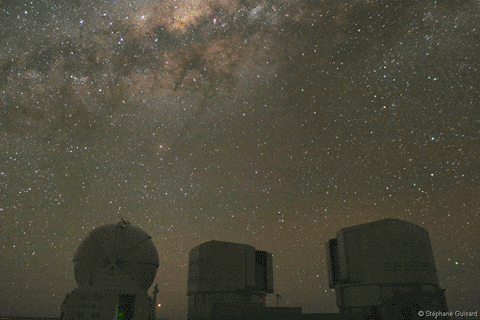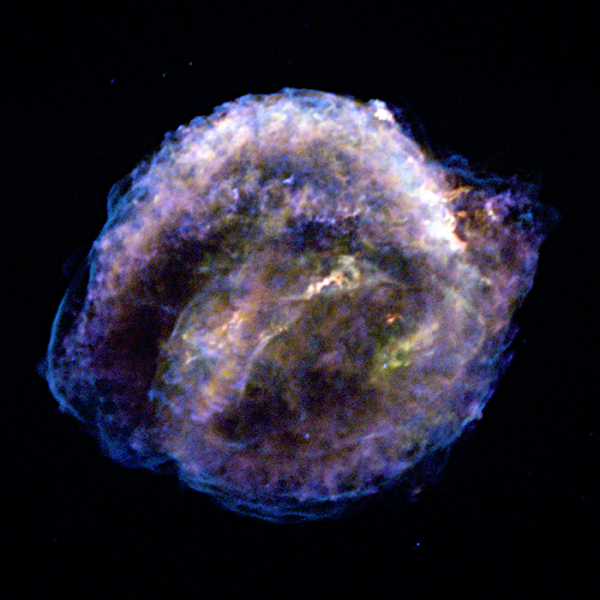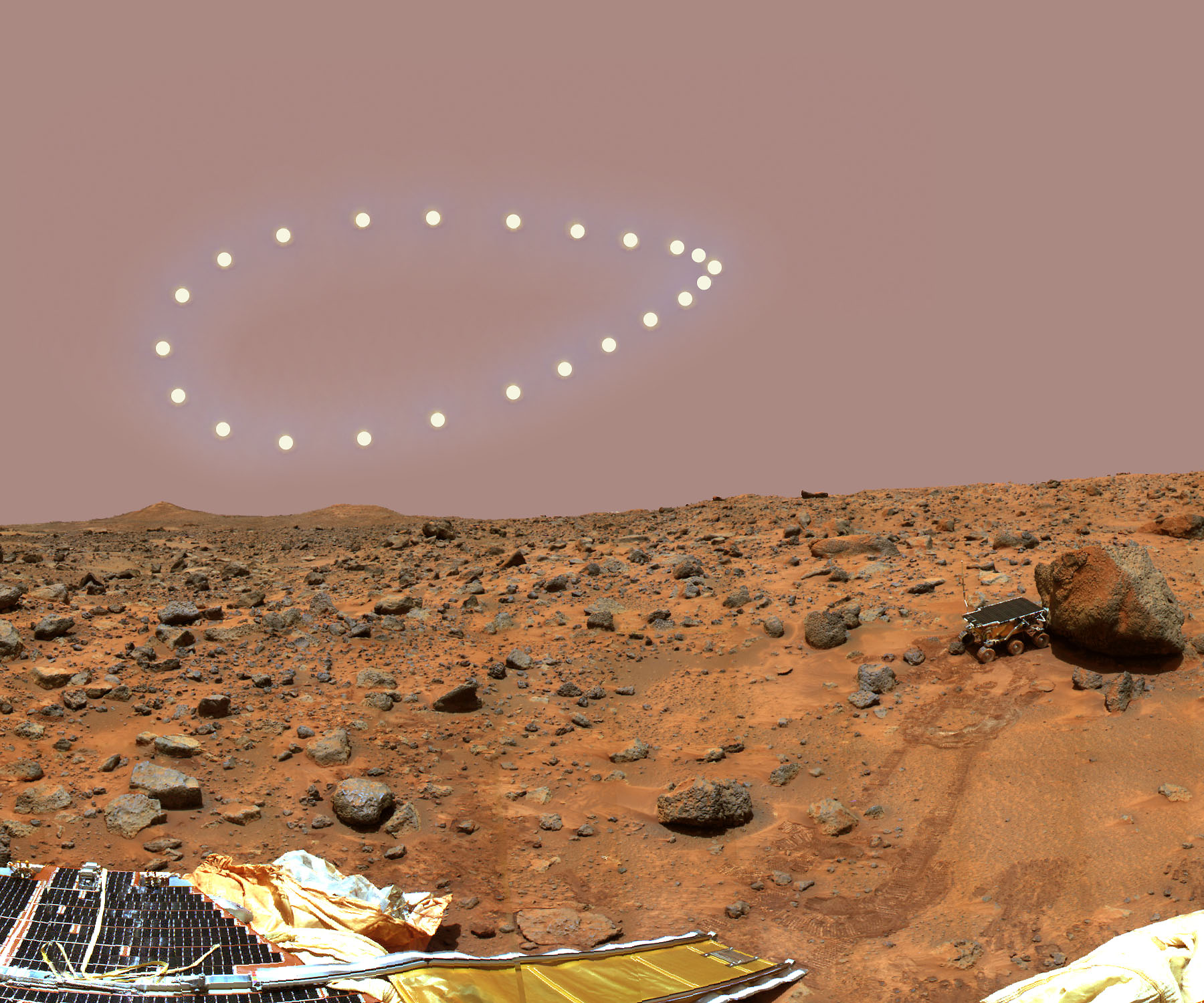APOD 3.4: The Milky Way Setting

What I like mosta bout this picture is that is shows what the sky truly looks like. A couple of years ago I went to Idaho on a rafting trip. Since I was in the middle of nowhere there was no light pollution. The result was amazing- although the stars came out a lot later, the sky was incredible. This image reminds me of it. Millions of stars and the Milky Way as clear as the brightest stars. I wish there were spots in Florida where we could go to see this.



